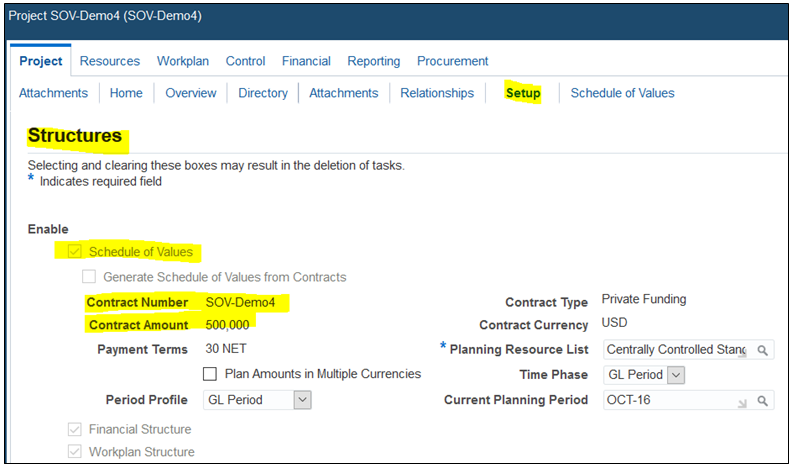Part of our ASC 606 New Revenue Recognition Standards blog series. Previous posts include: Introduction to Achieving ASC 606 Compliance, Step 1: Identify the Contract with the Customer, and Step 2: Identify Performance Obligations in the Contract.
This blog continues our discussion on the impacts of the new ASC 606 revenue recognition standard issued by FASB and IASB and reviews the third step in the five-step model for recognizing revenue from contracts with customers.
The Transaction Price is the amount of consideration an entity expects to receive for transferring goods or services to the customer. The amount can be fixed, variable, or a combination of both. Transaction Price is allocated to the identified performance obligations in the contract. These amounts are recognized as revenue when the performance obligation is fulfilled.
Future options for a contract are excluded when determining Transaction Price, as are the amounts third parties will eventually collect, like sales tax.
When dealing with a fixed amount to be received, the Transaction Price is easy to determine. However, other situations require more judgment:
Variable Consideration
It is considered variable if the amount of consideration is subject to change due to timing or other performance factors. Examples include refunds, credits, discounts, incentives, and other items. Since the Transaction Price estimates the amount of consideration an entity expects to receive, any constraints on that amount must be considered.
Significant Financing Component
This occurs when the timing between the receipt of consideration and the transfer of goods/services is more than one year. The entity must therefore recognize revenue at an amount that reflects the cash payment the customer would have made when the goods/services were transferred to them (cash selling price). Financing components in the Transaction Price, therefore, considers the time value of money.
Noncash Consideration
If a customer receives payment in a noncash form, then the fair value of the noncash payment is included in the Transaction Price. If the fair value cannot be determined, the standalone selling price of the goods/services is used.
Consideration Paid or Payable to a Customer
At times the entity will be required to make a payment to the customer, such as with a manufacturer’s rebate. This payment reduces the Transaction Price, and the revenue recognized. In some cases, however, this could be considered a purchase expense from the customer.
Nonrefundable Upfront Fees
Membership fees or activation fees for services such as television or internet services are examples of nonrefundable upfront fees. These fees are paid in advance for the right to a service or good with no guarantee that the fee payment will be returned. The entity must make the determination of whether the fee relates to a specific transfer of goods/services or a renewal option at a reduced price. The changes in the new Standard require that all products and services must have a Standalone Selling Price (“SSP”). This SSP must represent the fair value of the products and services offered. All entities need to monitor and adjust their SSP regularly, at least annually.
Using Oracle Projects to Meet the Objectives of Step 3 of the ASC 606 Revenue Recognition Standards
In our previous paper, we described three types of contracts typical to service delivery organizations:
- Service Contracts based on selling hours (Time & Expense-“T&E”): In this scenario, the delivery organization contracts to provide a specified number of hours of specialized resources that will deliver to the client’s requirements. There are no specific deliverables listed in the contract. These contracts are slowly disappearing as clients demand more specifics before signing contracts.
- Pure Professional Service Organizations (“PSO”) – Management Consulting
- Time & Material (“T&M”) Service Contracts based on specific Deliverables AND Fixed Price Service Contracts based on Milestones: These are very typical service contracts. They are combined here even though they have completely different billing methods because they will need to be treated the same for revenue recognition purposes under the new standard. Additional contract types like Cost Plus or some variant of this with different fees will also fall under this category for Revenue Recognition as long as these contracts specify specific obligations/deliverables on the service provider.
- PSOs, Engineering, IT Services, Marketing/Advt. Services
- Unit Price-Based Contracts: Commonly referred to as Schedule of Values (SOV) contracts. These contracts typically specify the number of units to be delivered for one or more types of items after an initial design/confirmation period.
- Construction, ATO/ETO-based Manufacturing Firms.
- The schedule of Values functionality is delivered in release 12.2.5.
We will continue to Step 3 using the case studies previously discussed.
T&E Services, including T&M Service Contracts based on specific Deliverables and Fixed Price Service Contracts based on Milestones
The total transaction price identified in the contract will be set up in Oracle as the Project Agreement, and the funding of the project from the agreement will be as shown below:
Unit Price-Based Contracts
The total transaction price identified in the contract will be set up in Oracle as the contract amount under the SOV setup.
As you can see, Oracle Projects allows you to configure your projects to meet the requirements of Step 3 of the new ASC 606 guideline with standard functionality. The following blog in the series will cover Step 4: Allocate the Transaction Price.
Oracle Licensing Requirements
- Project Costing and Billing are required for all features discussed in this paper.
- Project Planning and Control must be implemented to leverage Deliverable functionality.
- Schedule of Values functions are available in Oracle Project Planning and Control release 12.2.5
Up next – Step 4: Allocate the Transaction Price – Revenue Recognition Standards
Learn more on managing ASC 606 revenue recognition with Oracle E-Business Suite (EBS) Projects-
Read the white paper
View the presentation
Questions?
Contact Us!


